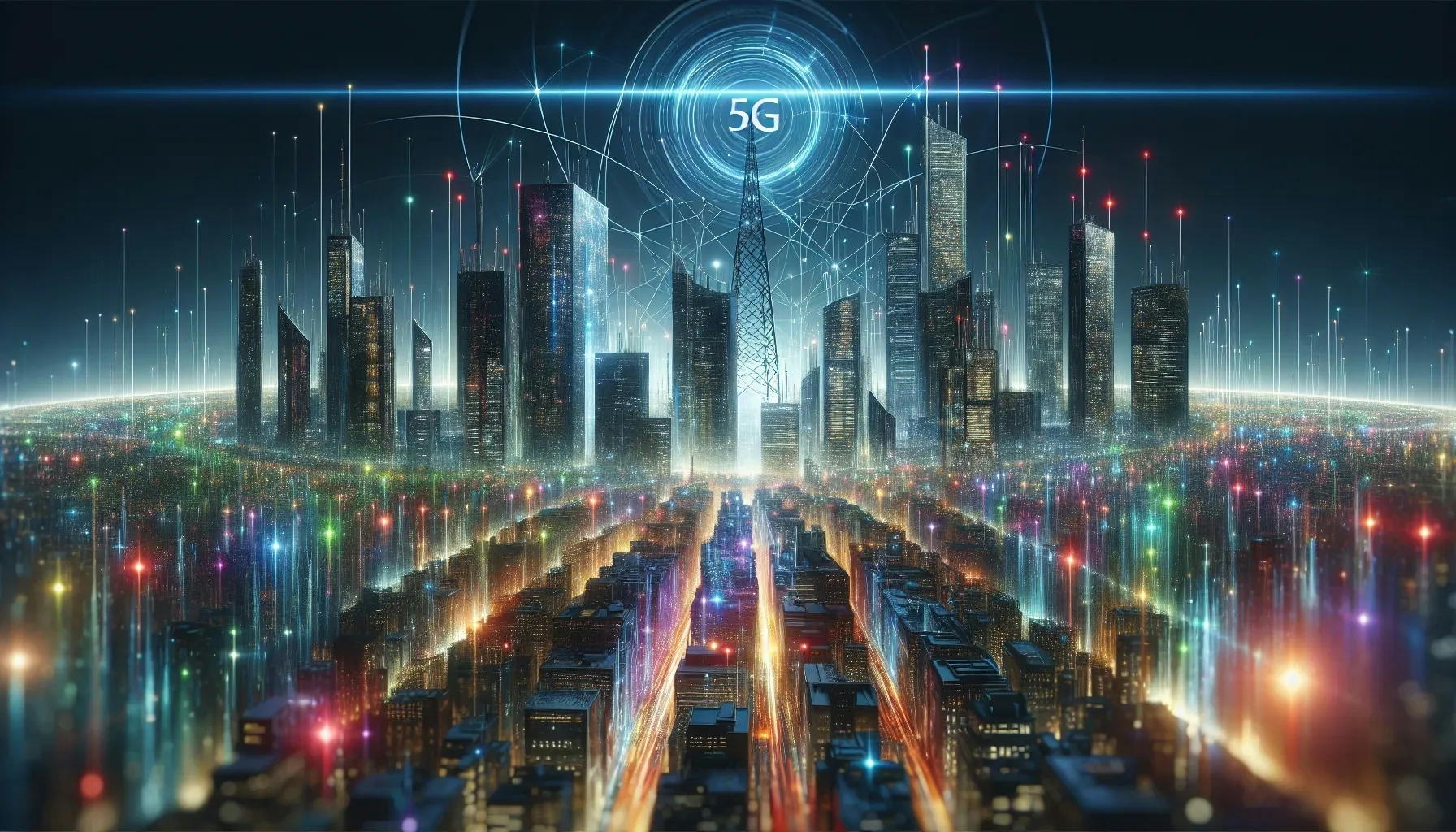Welcome to the world of 5G technology, where speed and connectivity reach new heights. This blog post aims to shed light on the latest developments and updates in 5G technology. We will delve into the advancements that are shaping the future of communication, the challenges faced, and the potential solutions that are emerging. Join us as we explore this exciting frontier of technology.
The Evolution of 5G Technology
5G technology has been evolving at a rapid pace. It's a leap forward from its predecessor, 4G, offering faster data speeds and more reliable connections. But the journey of 5G is far from over.
Every day, researchers and engineers are working tirelessly to push the boundaries of what 5G can do. They are developing new ways to use this technology, from powering smart cities to enabling remote surgeries.
One of the most significant developments in 5G technology is the use of millimeter waves. These high-frequency waves can carry more data than the lower-frequency waves used in previous generations of wireless technology. However, they also have a shorter range and can be blocked by buildings and other obstacles.
To overcome this challenge, companies are developing new antenna technologies. These antennas can focus the millimeter waves into a narrow beam that can be directed at a specific device. This technology, known as beamforming, can help to increase the range and reliability of 5G connections.
The Impact of 5G on Industries
The advent of 5G technology is transforming various industries. In healthcare, 5G can enable telemedicine and remote patient monitoring, reducing the need for hospital visits. It can also support the use of AI in diagnosing diseases and predicting health risks.
In the automotive industry, 5G can power autonomous vehicles, enabling them to communicate with each other and with traffic management systems. This can improve road safety and reduce traffic congestion.
In manufacturing, 5G can support the use of robotics and automation, increasing efficiency and reducing costs. It can also enable real-time monitoring of equipment, helping to prevent breakdowns and reduce downtime.
In entertainment, 5G can support the streaming of high-definition video and virtual reality experiences, providing a more immersive experience for users.
The Challenges and Solutions in 5G Deployment
Despite the potential benefits of 5G, its deployment faces several challenges. One of the main challenges is the high cost of building the necessary infrastructure. This includes the cost of installing new antennas and upgrading existing ones to support 5G.
Another challenge is the lack of available spectrum for 5G. The spectrum is a limited resource, and much of it is already in use by other services. This has led to a scramble for the remaining spectrum, driving up prices.
To overcome these challenges, companies are exploring various solutions. One solution is to use shared spectrum, where multiple services can use the same spectrum band. Another solution is to use dynamic spectrum sharing, where the spectrum can be allocated to different services based on demand.
The Future of 5G Technology
The future of 5G technology looks promising. With ongoing research and development, we can expect to see new applications and use cases emerging.
One area of focus is the development of 5G networks that can support the Internet of Things (IoT). This could enable a wide range of applications, from smart homes to smart cities.
Another area of focus is the development of 5G networks that can support ultra-reliable low-latency communication (URLLC). This could enable applications that require real-time communication, such as autonomous vehicles and remote surgery.
The Role of Policy and Regulation in 5G Development
Policy and regulation play a crucial role in the development of 5G. Governments around the world are developing policies to support the deployment of 5G, such as providing funding for infrastructure and research.
Regulators are also working to ensure that 5G is deployed in a way that is fair and beneficial to all. This includes ensuring that there is sufficient competition in the 5G market, and that the benefits of 5G are shared widely.
However, policy and regulation also pose challenges for 5G. For example, the process of allocating spectrum for 5G can be complex and contentious. There are also concerns about the potential impact of 5G on privacy and security.
The Global Race for 5G Dominance
The development of 5G technology has sparked a global race for dominance. Countries around the world are vying to be the first to deploy 5G on a large scale and reap the economic benefits.
The United States and China are currently leading the race, with both countries investing heavily in 5G research and infrastructure. However, other countries, including South Korea and Japan, are also making significant strides.
The outcome of this race could have significant implications for the global balance of power. The country that leads in 5G could gain a competitive edge in various industries, from technology to manufacturing.
Wrapping Up the 5G Journey
The journey of 5G technology is a fascinating one, filled with exciting developments and challenges. As we continue to explore the potential of 5G, we can expect to see more innovations and solutions emerging. The future of 5G holds great promise, and we look forward to seeing what it brings.

